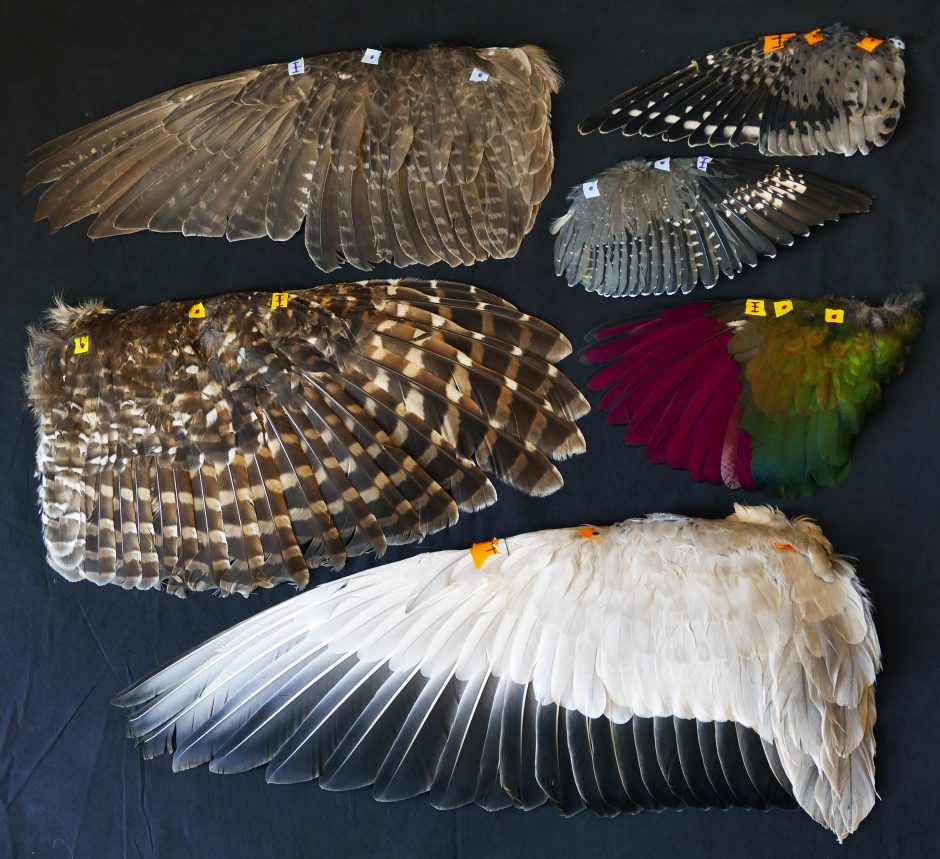| Duration | 75 minutes |
| Child, Youth, Student and Senior | $ 9.00 |
| Adult | $12.00 |
* Please see booking information for more details.
Uncovering the history of evolution is one of the most complex questions that researchers are facing today. In this program, your students will work in small groups to start to unravel the history of groups of organisms we see today, using an inquiry-based approach to learning. Students have the opportunity to explore the collections, asking questions and following their curiosity to help them better understand evolution. At the end of the program, students will have a completed research journal to take their notes back to the classroom.
Each taxonomic group we will look at has a complex evolutionary history. Learning about the evolutionary past of a group will help us better understand it today. Students will feel empowered to research subjects like this at the museum and beyond. Students will increase their overall understanding of the processes of science through scientific inquiry and assessment, as well as develop an appreciation for and interest in biology.

Targeted Curriculum
Curricular Competencies:
-
- Questioning and predicting
- Demonstrate a sustained intellectual curiosity about a scientific topic
- Make observations aimed at identifying their own questions, including increasingly complex ones, about the natural world
- Formulate multiple hypotheses and predict multiple outcomes
- Planning and conducting
- Collaboratively and individually plan, select, and use appropriate investigation methods, including fieldwork and lab experiments, to collect reliable data (qualitative and quantitative)
- Processing and analyzing data and information
- Experience and interpret the local environment
- Seek and analyze patterns, trends, and connections in data
- Use knowledge of scientific concepts to draw conclusions that are consistent with evidence
- Analyze cause-and-effect relationships
- Science 10: DNA is the basis for the diversity of living things.
- Earth Sciences 11: Plate tectonic theory explains the consequences of tectonic plate interactions.
- Environmental Science 11: Complex roles and relationships contribute to the diversity of ecosystems. Changing ecosystems are maintained by natural processes. Levels of biotic diversity
- Life Sciences 11: Evolution occurs at the population level. Organisms are grouped based on common characteristics.
- Anatomy & Physiology 12: Gene expression is an interaction between genes and the environment.
- Geology 12: Earth’s geological and biological history is interpreted and inferred from information stored in rock strata and fossil evidence.
- Specialized Science 12: Biodiversity is dependent on the complex interactions and processes between biotic and abiotic factors.
- Questioning and predicting
Resources
We encourage you to plan to arrive early and/or stay late after your program is finished, so you can explore the museum collections more fully. We have a wide variety of educator resources to support you before, during, and after your visit. Here are some suggested ways to frame your exploration:
Before your visit:
- Get to know our space, enjoy an audio tour or 360° virtual tour of the museum, using our online visitor guide (html) or printable visitor guide (pdf) to help navigate the museum.
- Explore our museum terminology sheet and Researchers Revealed site
At the museum:
- Look for Culture at the Centre and the Sturgeon Knowledge Web exhibits sharing First Peoples’ knowledge and perspectives on biodiversity.
- Check out the current exhibitions
After your visit:
- Check out our Explore Evolution Resource Package. Inside you’ll find lesson plans, worksheets, and complementary activities to explore evolution in the classroom.
Accessibility notes
We will move around the museum which is equipped with level concrete flooring and ramps. There are no lips or steps to get to all program areas. Some spaces in the museum are dark and/or narrow but can fit a wheelchair easily. Expect to spend some time walking, standing, and sitting. Students may work in pairs, small groups, or as a large group. Activities may incorporate drawing or writing, touching real museum specimens, and discussions. Read more about accessibility in the museum here. We will ensure we get all group members to participate in a way that works for them. Let us know how we can meet the access needs of your group!
